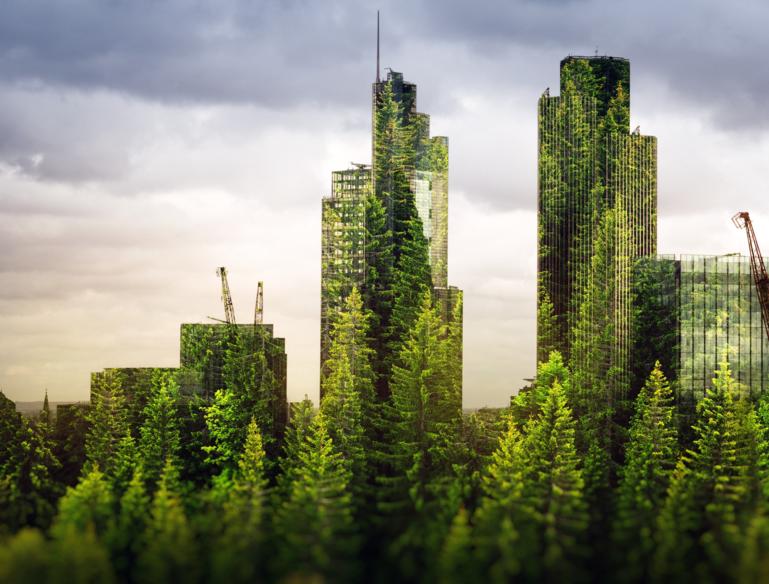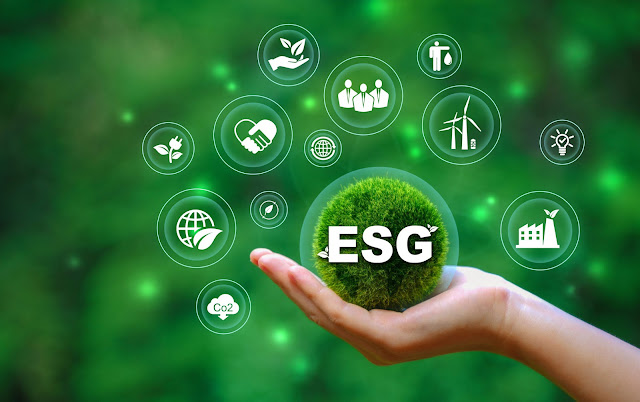The Green Blueprint creates sustainable living environments through building and beautification practices. Providing a balance between human needs and environmental stewardship, it focuses on creating eco-friendly spaces that promote wellness and longevity.
By incorporating renewable materials, efficient energy systems, and natural landscapes, the Green Blueprint contributes to a healthier planet while enhancing the quality of life for individuals and communities. Through thoughtful design and strategic planning, sustainable living environments can be achieved, benefiting both current and future generations.

Credit: www.thelancet.com
Why Sustainability Matters
Sustainability plays a crucial role in building and beautifying sustainable living environments. The green blueprint focuses on creating spaces that are environmentally friendly, promoting a healthier lifestyle, and reducing costs.
When it comes to the environmental impact, sustainable living environments aim to minimize harm to the planet by conserving resources, reducing waste, and using renewable energy sources. This not only helps to combat climate change but also preserves the natural beauty of our surroundings for future generations.
In addition to the environmental benefits, sustainable living environments offer significant health benefits. By prioritizing clean air and water, minimizing exposure to toxins, and incorporating green spaces, these environments foster improved physical and mental well-being for residents.
Moreover, adopting sustainable practices can lead to substantial cost savings. Energy-efficient systems, water conservation measures, and waste reduction strategies contribute to lower utility bills, creating economic advantages for both individuals and communities.
Overall, the green blueprint for building and beautifying sustainable living environments is vital for a better future, promoting environmental stewardship, enhancing health, and maximizing cost-effectiveness.
Implementing Sustainable Living Solutions
Sustainable living is the way of the future. To build and beautify sustainable living environments, it is crucial to implement energy efficiency, water conservation, and waste management solutions.
Energy efficiency is an essential component of sustainable living. By utilizing energy-saving technologies and practices, we can reduce our carbon footprint and conserve valuable resources. Implementing energy-efficient appliances, using renewable energy sources, and properly insulating buildings can significantly reduce energy consumption and contribute to a greener environment.
Water conservation is another key aspect of sustainable living. By adopting water-saving strategies such as installing low-flow fixtures, collecting rainwater, and implementing efficient irrigation systems, we can preserve this precious resource. Conserving water helps to maintain ecological balance and ensure its availability for future generations.
Waste management plays a vital role in sustainable living. Adopting recycling practices, composting organic waste, and minimizing single-use items can help reduce the amount of waste going to landfills. Proper waste disposal and recycling contribute to a cleaner and healthier environment while conserving natural resources.
Creating A Green Space
Sustainable living environments are becoming more popular as people recognize the importance of creating green spaces. Constructing these spaces involves using eco-friendly materials that have a minimal impact on the environment. When selecting materials, it is crucial to consider their life cycle and how they can be recycled or easily decomposed. Another way to enhance a green living environment is by incorporating indoor plants. These plants not only improve air quality but also add a touch of natural beauty to any space. Additionally, sustainable landscaping practices can transform outdoor areas into eco-friendly havens. By using native plants and incorporating efficient irrigation systems, water usage can be reduced. Overall, building and beautifying sustainable living environments requires a thoughtful approach that prioritizes eco-friendly materials and incorporates elements such as indoor plants and sustainable landscaping practices.
Credit: forbesasiacustom.com

Credit: www.wbcsd.org
Conclusion
Building sustainable living environments is vital for the well-being of both individuals and the planet. By incorporating the principles of green design and utilizing environmentally friendly materials, we can create spaces that not only enhance our quality of life but also minimize our ecological footprint.
From energy-efficient buildings to lush green landscapes, the possibilities for creating sustainable and beautiful environments are endless. Together, we can make a positive impact and pave the way for a greener future.

 inews69
inews69
